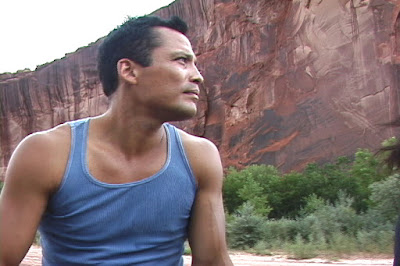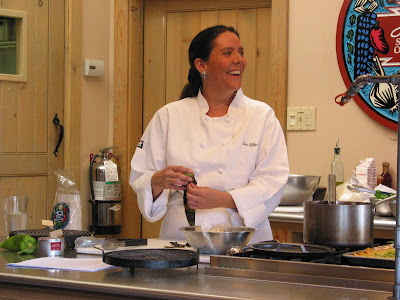Going home: Navajo ballet star takes a new documentary to Dinétah and the world

Published in Indian Country Today in 2008. For more on topics like this, see my book, American Apartheid: The Native American Struggle.... New York City, N.Y. — Respect, caring and sharing, the pillars of all Native communities, are underlying themes of Jock Soto’s life and of Water Flowing Together, a new film chronicling his story by Gwendolyn Cates. One of the greatest dancers of his generation, Soto, who’s Navajo on his mother’s side and Puerto Rican on his father’s, recently retired from the New York City Ballet at age 40. Presently him as sure-footedly as he supported the many ballerinas he partnered in his 24-year career, Cates follows him as he rehearses for his farewell performance, contemplates his future and travels to the Navajo reservation and Puerto Rico to reconnect with his heritage. (For photographs and a trailer, see www.waterflowingtogether.com .) Soto, who is gay, told Indian Country Today that he asked Cates to make the film as an homage to his parents



